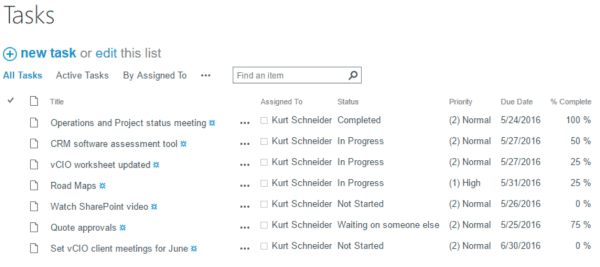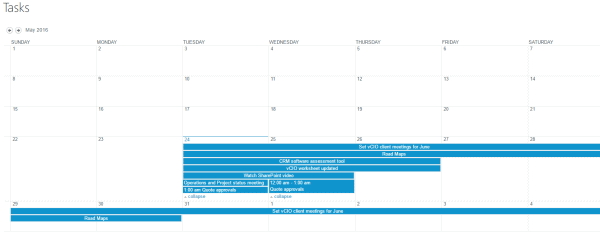My first experience with checklists was when I was just a kid, though it was not my checklist. My parents used checklists to constantly remind me of my tasks and chores. Sound familiar?
 Now, we can all remember growing up and learning how to get ready for the day… Did you wash your face? Brush your teeth? Did you put your socks and shoes on—and tie them? The list went on and on. These are the mental checklists we now know by rote. As adults, we do these things automatically, without even thinking.
Now, we can all remember growing up and learning how to get ready for the day… Did you wash your face? Brush your teeth? Did you put your socks and shoes on—and tie them? The list went on and on. These are the mental checklists we now know by rote. As adults, we do these things automatically, without even thinking.
But the problem with this mental checklist is just that—it’s all mental! And therein lies the problem. When tasks aren’t written down, something is bound to be missed once in a while.
I recently read a book The Checklist Manifesto by Atul Gawande. My biggest takeaway is that I can apply the checklist strategy to everyday living, as well as work situations. For instance, there are two basic types of checklists, and since I love to cook, I’ll use it as an analogy to explain the differences between these two lists and how you can use these ideas to be more efficient.
The “grocery list” checklist
In order to make dinner tonight, I need to have a planned approach. The first step is to list all the items needed to create the meal. Then, I go the grocery store and gather all the items on the list. The order of the ingredients does not matter, just as long as I go home with everything on the list.
The “recipe” checklist
Next is the cooking process, or the recipe. This type of checklist is more prescribed. I need to cut the vegetables, prepare the main entrée, and execute a chronological sequence of events. The oven needs to be turned on to the appropriate temperature. I also have to make certain that I add the ingredients in the correct order and portion so the food is prepared and ready to cook. In short, the order and process matters.
Checklists at work
At work, I have many to-do lists full of follow-up activities and upcoming tasks. One-by-one, I sort my tasks into either a “grocery list” or a “recipe” checklist.
When I’m planning on meeting with a client, I have multiple items to prepare. I start with the grocery list so I miss nothing in preparation for the meeting. What a game changer for me as I tackle the day-to-day tasks and projects. Conversely, when I make an agenda for my vCIO meetings with clients, I sort my tasks in a chronological, prescribed manner so there is a systematic and logical approach to optimize everyone’s time, yet it still addresses every objective for the meeting.
Automating your tasks
An effective way to manage checklists at work is to create automated processes. If you are a Microsoft Office 365 user, you already have SharePoint as part of your suite of services. I use SharePoint’s task list feature to create my checklist.

SharePoint and many customer relationship management (CRM) software systems integrate with Microsoft Outlook. The automation occurs after I enter my “grocery list” checklist. Then, the platform creates my “recipe” checklist based on my “grocery list” along with my assigned due dates and priority.

The reality is, we all get caught up in our day-to-day activities. By investing in charting and implementing checklists, you can manage your expectations and be right the first time!
